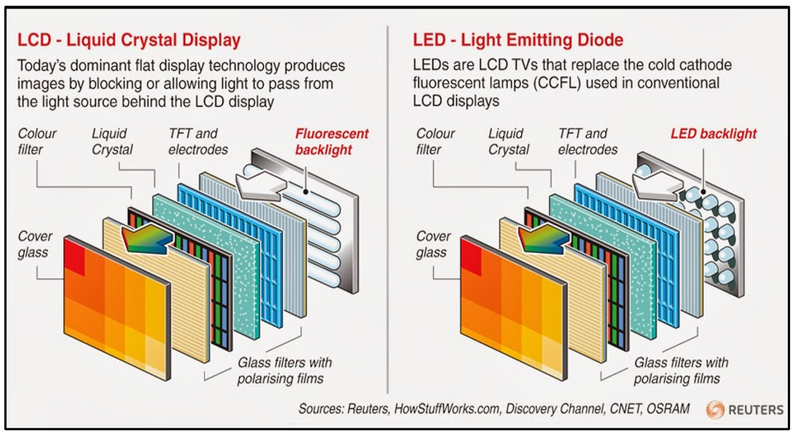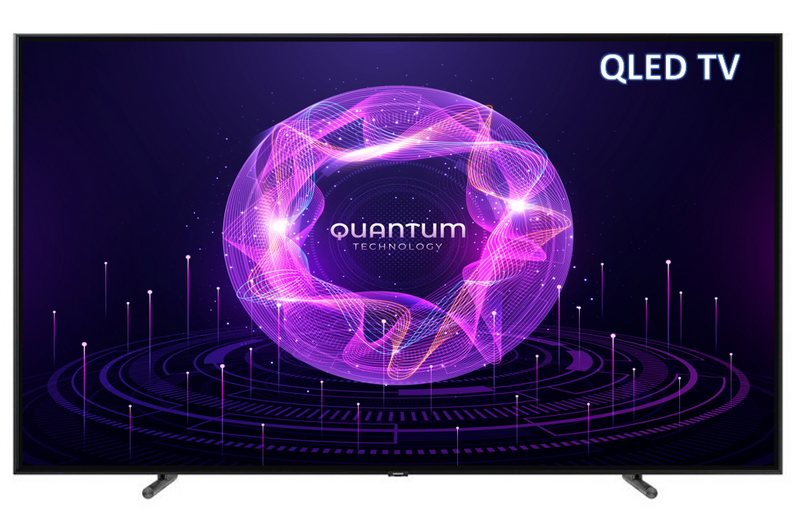
This logo isn't an ad or affiliate link. It's an organization that shares in our mission, and empowered the authors to share their insights in Byte form.
Rumie vets Bytes for compliance with our
Standards.
The organization is responsible for the completeness and reliability of the content.
Learn more
about how Rumie works with partners.
Ruthanne is browsing in the electronics store. She's looking for a new television that displays natural looking screen pictures and colors.
She wants to buy an LED or QLED television (TV) because they offer a better viewing experience. However, she doesn’t understand the difference between the LED and QLED.

What is an LED?
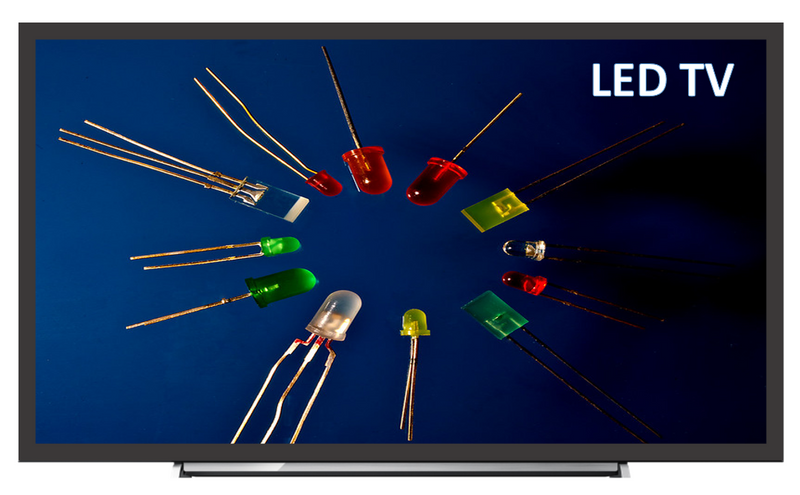
LED is an acronym for a light-emitting diode semiconductor that uses light and filters to bring pictures to your television screen.
It generates better images and color contrasts than a traditional flat-screen LCD (liquid crystal display) television.
LCD TVs use liquid crystal display to rotate and direct light through panels and color filters to produce images on screen. LCD TVs have a limited range of colors, poor quality images, and use extremely high levels of energy.
Other applications of LED
Display signs
Traffic lights
Car dashboards

What is a QLED?

Other applications of QLED
Desktop monitors
Laptop computers
Remote control devices
Quiz
Which of these items is NOT found in LED and QLED?
Cathode fluorescent lights are used in tubes as LCD backlights in conventional television models.
Did you know?
Quantum dots were discovered by two inventors: Russian physicist, Alexei Ekimov in 1980 and American chemist, Louis E. Brus in 1982. They shared the Optical Society of America 2006 R.W. Wood Prize for their pioneering work. (Source: www.explainthatstuff.com, “What are Quantum Dots?”, 2021)
How do LED and QLED Compare?
LED Television
Uses strips or panels of small lights

Distinctive contrast, but no true whites or blacks

Images have rich colors but are less bright than QLED
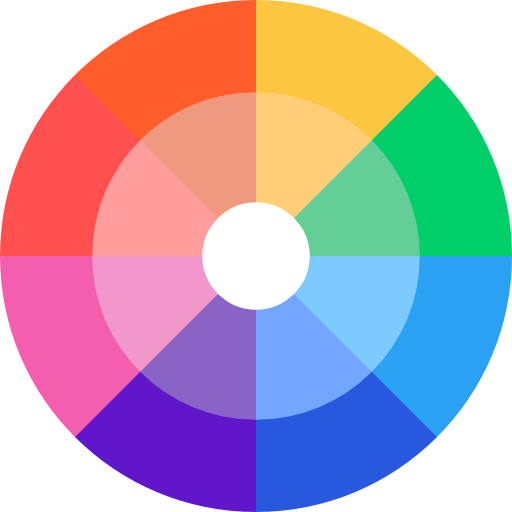
Good quality pictures and images, but outmatched by QLED

Provides maximum brightness with low energy consumption

QLED Television
Uses miniature dots of crystal particles

Excellent contrast with true blacks and very bright whites
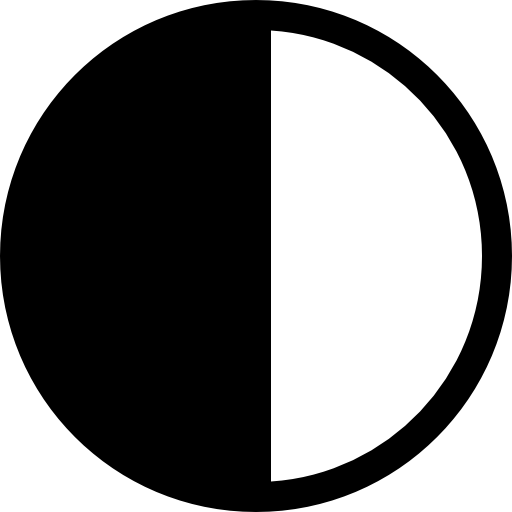
Offers 100% unmatched true color accuracy with over a billion colors
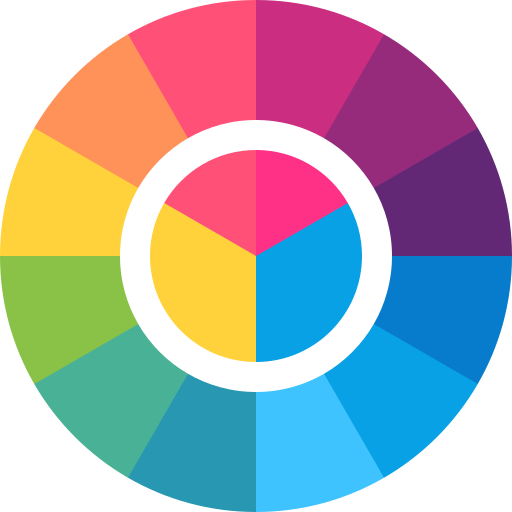
Realistic and accurate images give a near-perfect picture quality

When on maximum brightness consumes more energy

For both types, screen picturequality is reduced when viewed from side angles.
Quiz
If Ruthanne wants bright vibrant colors & realistic picture quality, then she better choose...?
Yes! A QLED TV would be best for Ruthanne. It produces bright, natural-looking colors with near-perfect picture quality.
Take Action
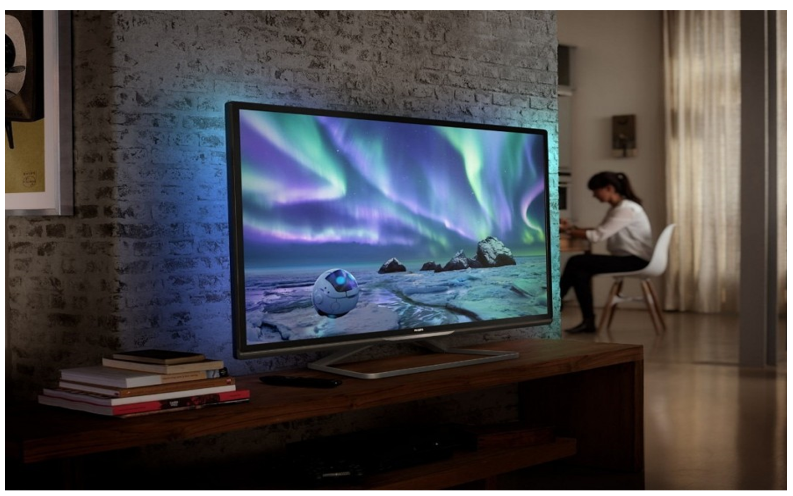
Before you decide to purchase an LED or QLED TV, do some research about these technologies:
This Byte has been authored by
Mary Mills
eLearning Designer & eLearning Design Editor
